




Contribution of Indian Ports in Economic Growth

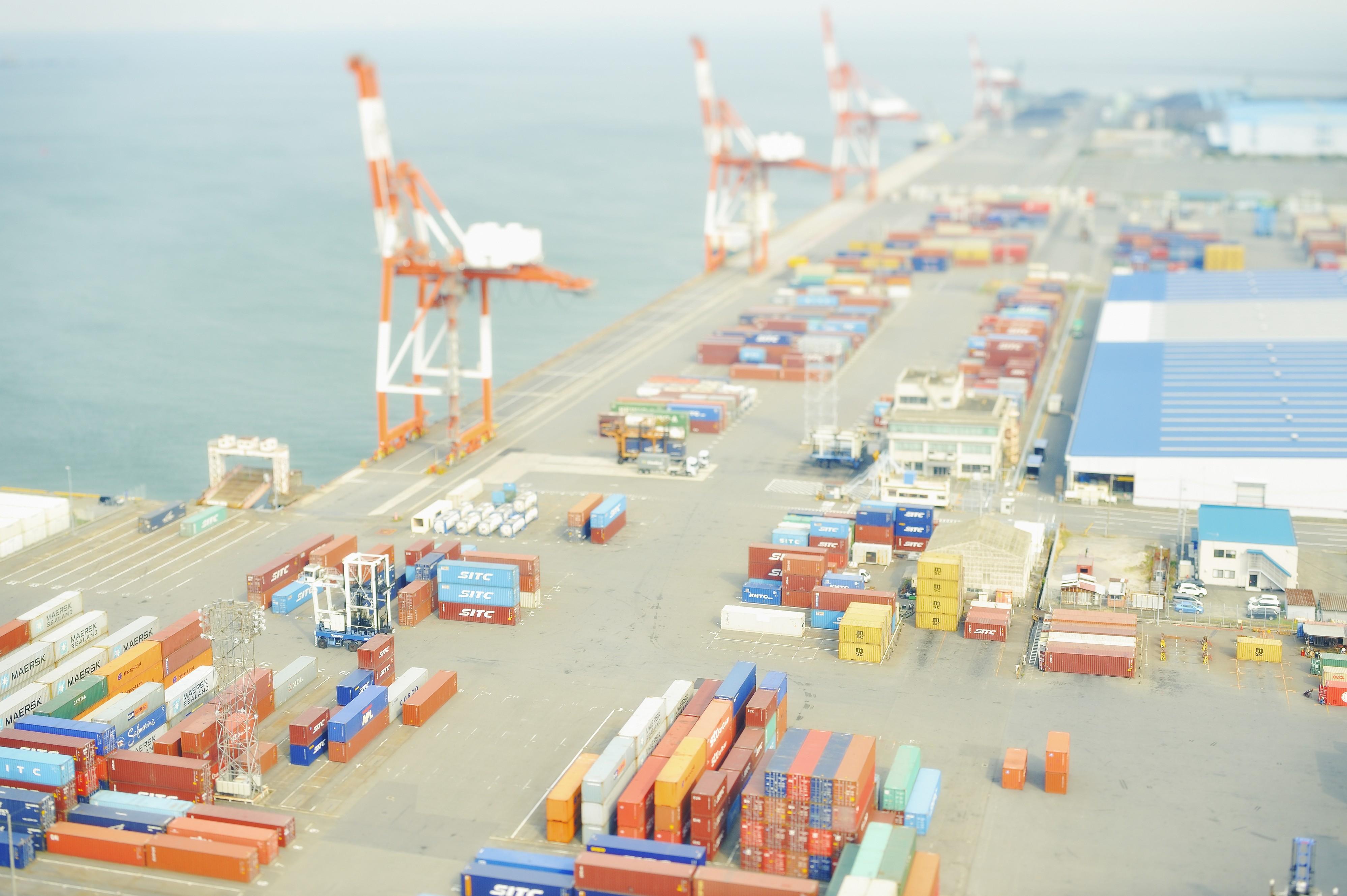
The Evolution and Impact of India's Maritime Infrastructure
There is a strategic network of 12 major and 200+ minor ports in India, crucial for maritime commerce.
Maritime trade is vital for India's economy, handling 95% of trade by volume and 70% by value, supporting economic growth and global trade connections.
This ministry spearheads developing and regulating ports and shipping, driving initiatives like the Sagarmala Project to modernize and expand port infrastructure.
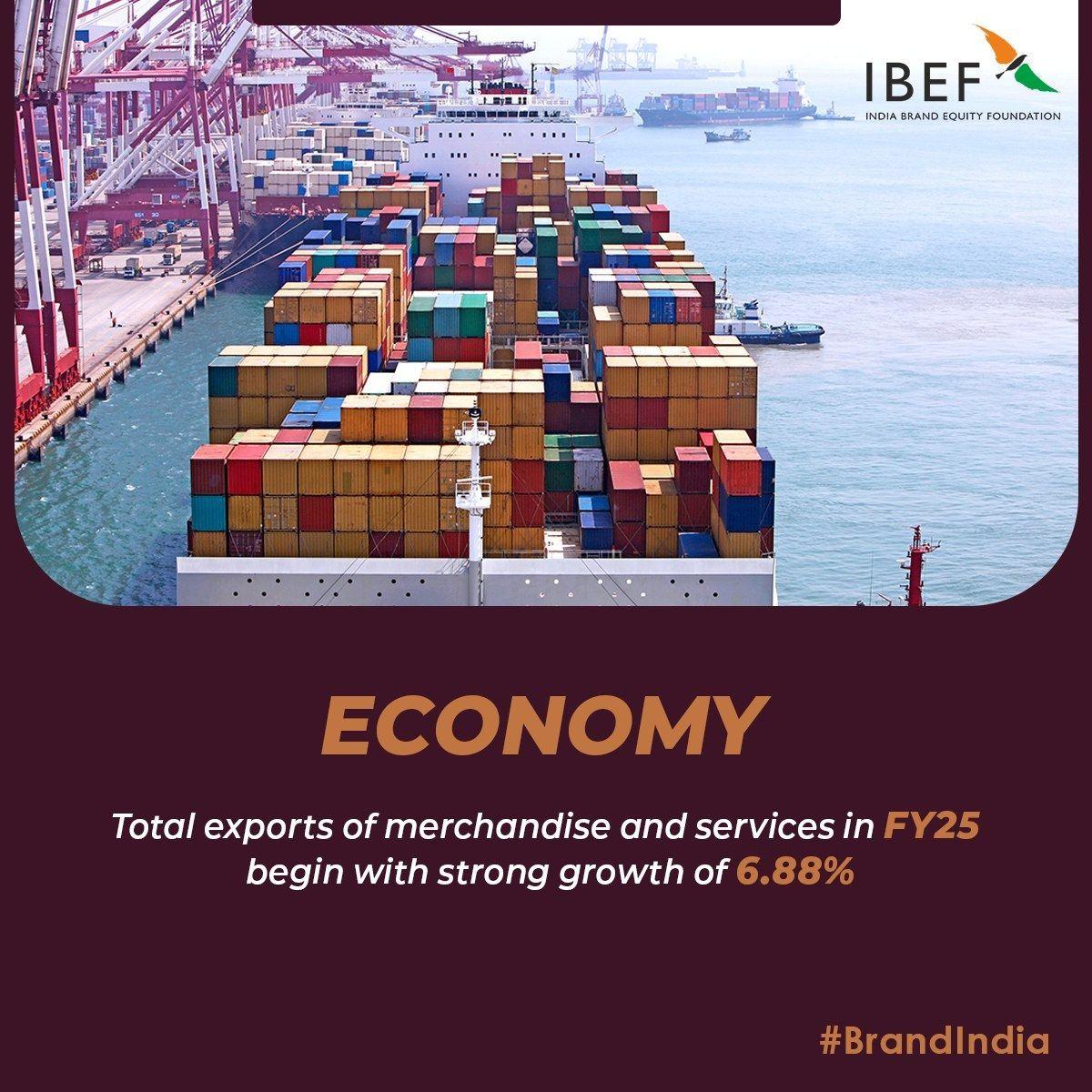
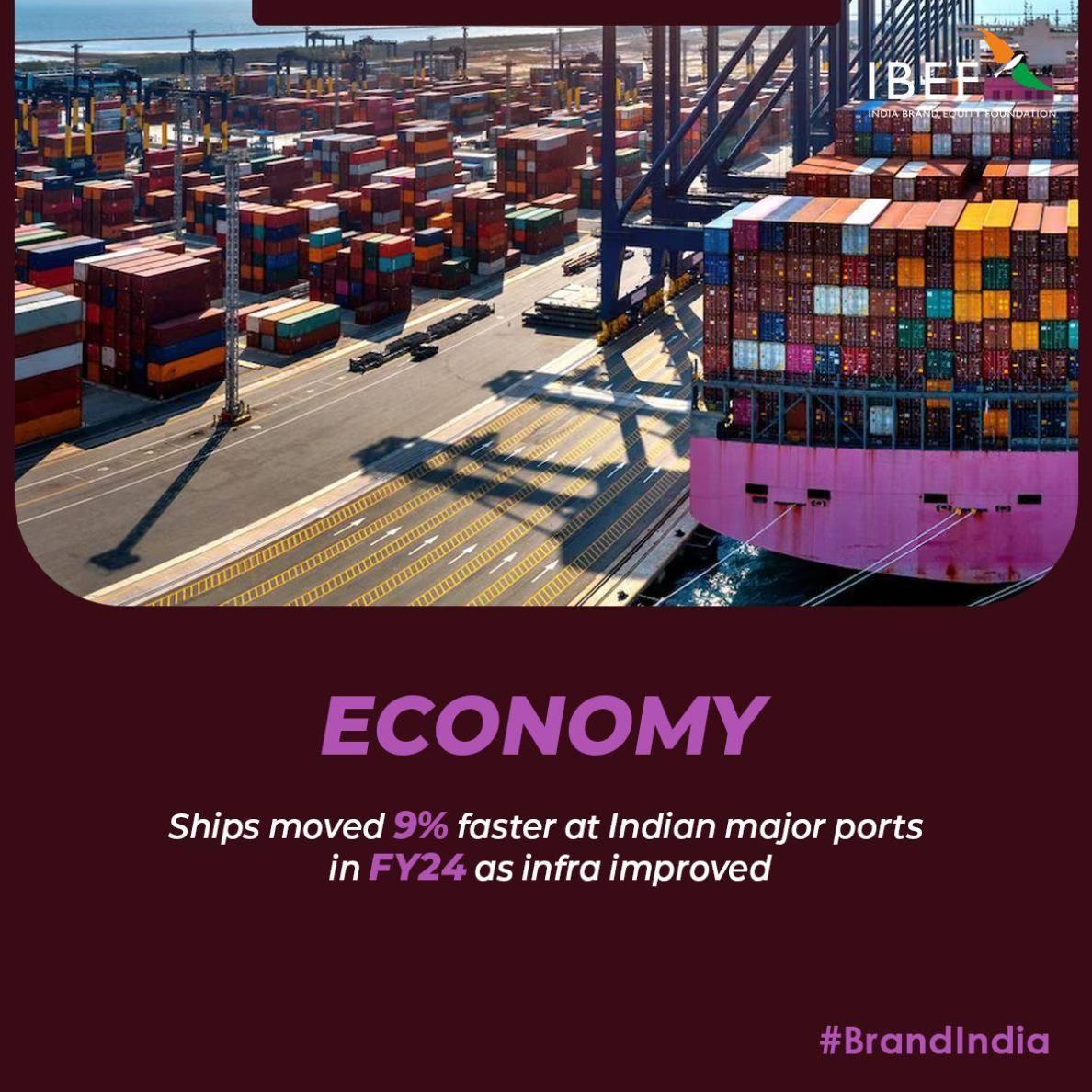
Geographical Advantage:
India's extensive 7,500 km coastline offers strategic access to major global shipping routes,facilitatinginternationaltrade.
Key Ports:
Major Indian ports like Mumbai, Chennai, and the largest, Jawaharlal Nehru Port Trust (JNPT), serve as critical gateways, handlingsignificantcargovolumes.
Economic Impact:
PortssignificantlycontributetoIndia'sGDP, drivingeconomicgrowth.
Generate employment opportunities for millions,boostingregionaleconomies.
• Handles over 55% of India's container traffic
• Located in Navi Mumbai, Maharashtra.
• The largest port in India Key gateway for international trade
• Chennai Port: Major gateway for south-east India and center for automobile exports
• Mumbai Port: One of the oldest ports, crucial for western India. Significant cargo and passenger traffic.
• Kolkata Port: Crucial for trade with Eastern India and neighboring countries
• Boost economic activity around ports
• Attract foreign investment and enhance export capabilities
• Creating job opportunities and enhancing regional development.
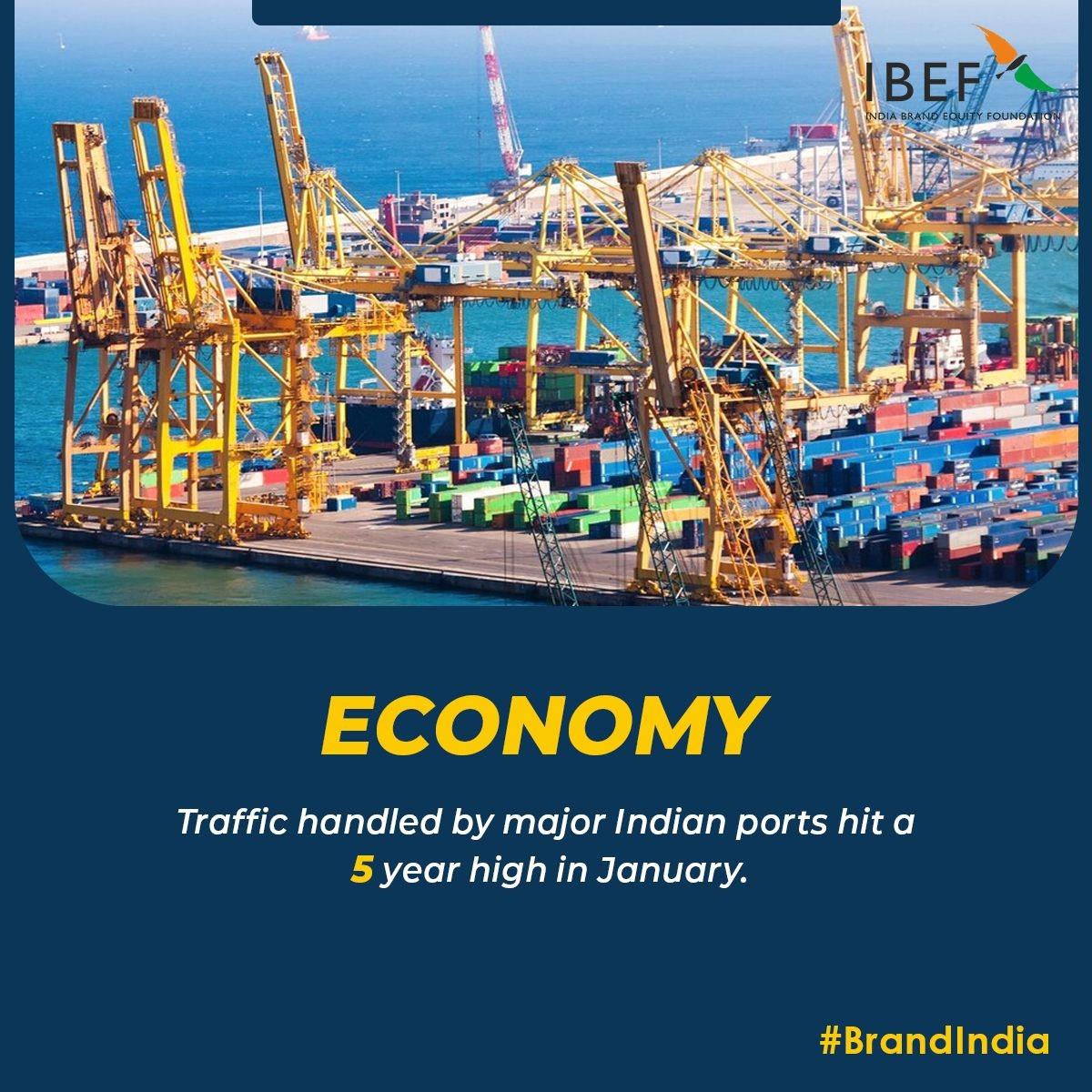
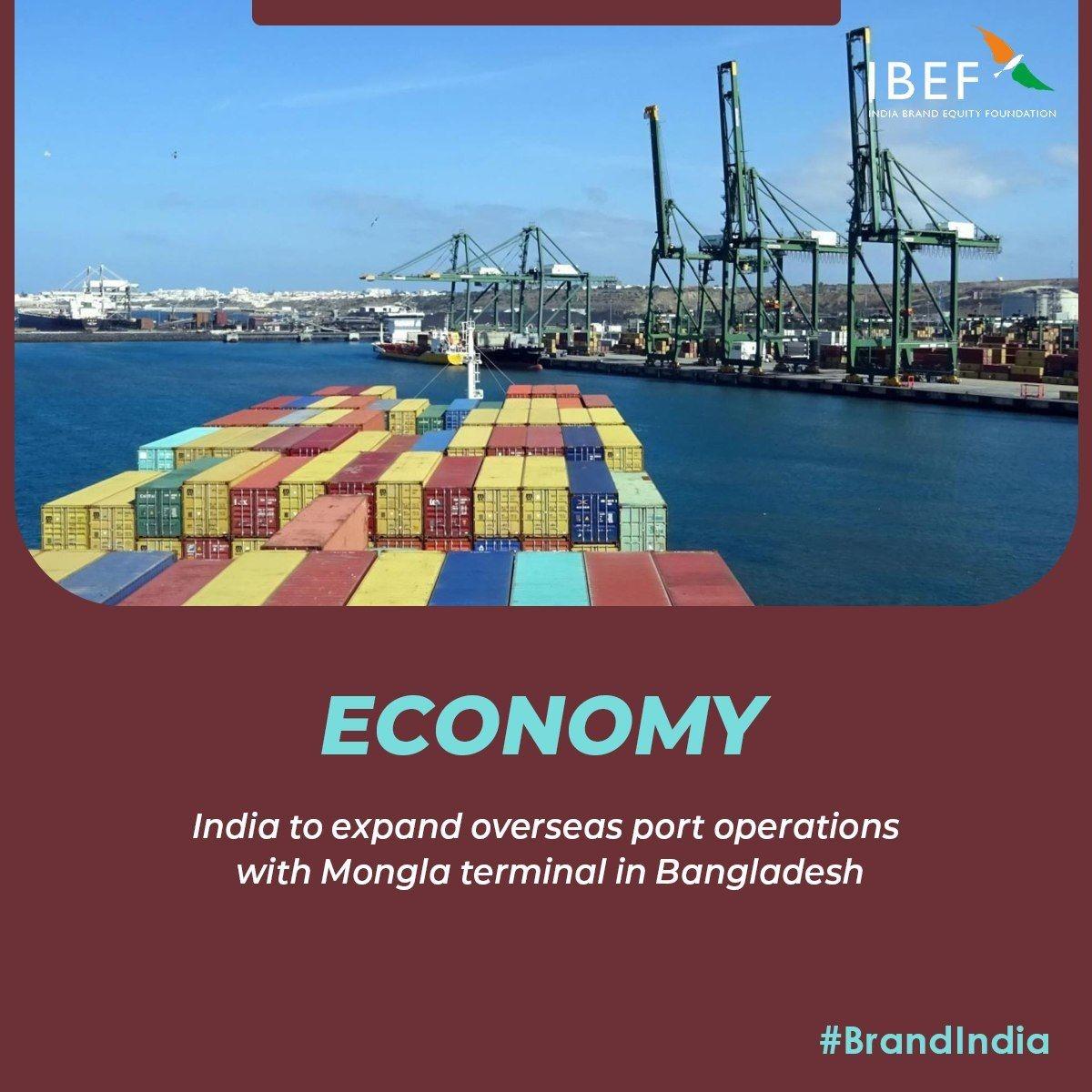
1. Modernization Efforts
a. State-of-the-art equipment and technology upgrades
b. Automationofcargohandlingforefficiency
c. Digitalization of port operations for real-time monitoring
d. CapacityExpansion
2.Development of new terminals and facilities
a. Enhancementofexistingportcapacities
b. Strategic planning for future growth to meet increasingdemand
c. Public-PrivatePartnerships(PPPs)
3.Collaborative projects for infrastructure development
a. Investmentfromprivateentitiesdrivinggrowth
b. Boosting operational efficiency and reducing turnaroundtime
c. This slide highlights India's robust port infrastructure strategy, emphasizing modernization,expansion,andcollaborativegrowth.
A. Sagarmala Project
a) Aims to reduce logistics costs and boost export competitiveness
b) Progress:Over500projectsidentified,withsignificant investments in port modernization and new port development
B.Green Ports Initiative
a) Focusesonsustainableportdevelopment
b) Implementationofrenewableenergyprojectsandecofriendlypracticestominimizeenvironmentalimpact
C.Skill Development Programs
a) Enhancingthecapabilitiesofthemaritimeworkforce
b) Training initiatives by the Ministry of Ports, Shipping, and Waterways in collaboration with industry stakeholders to improve operationalefficiencyandsafetystandards.

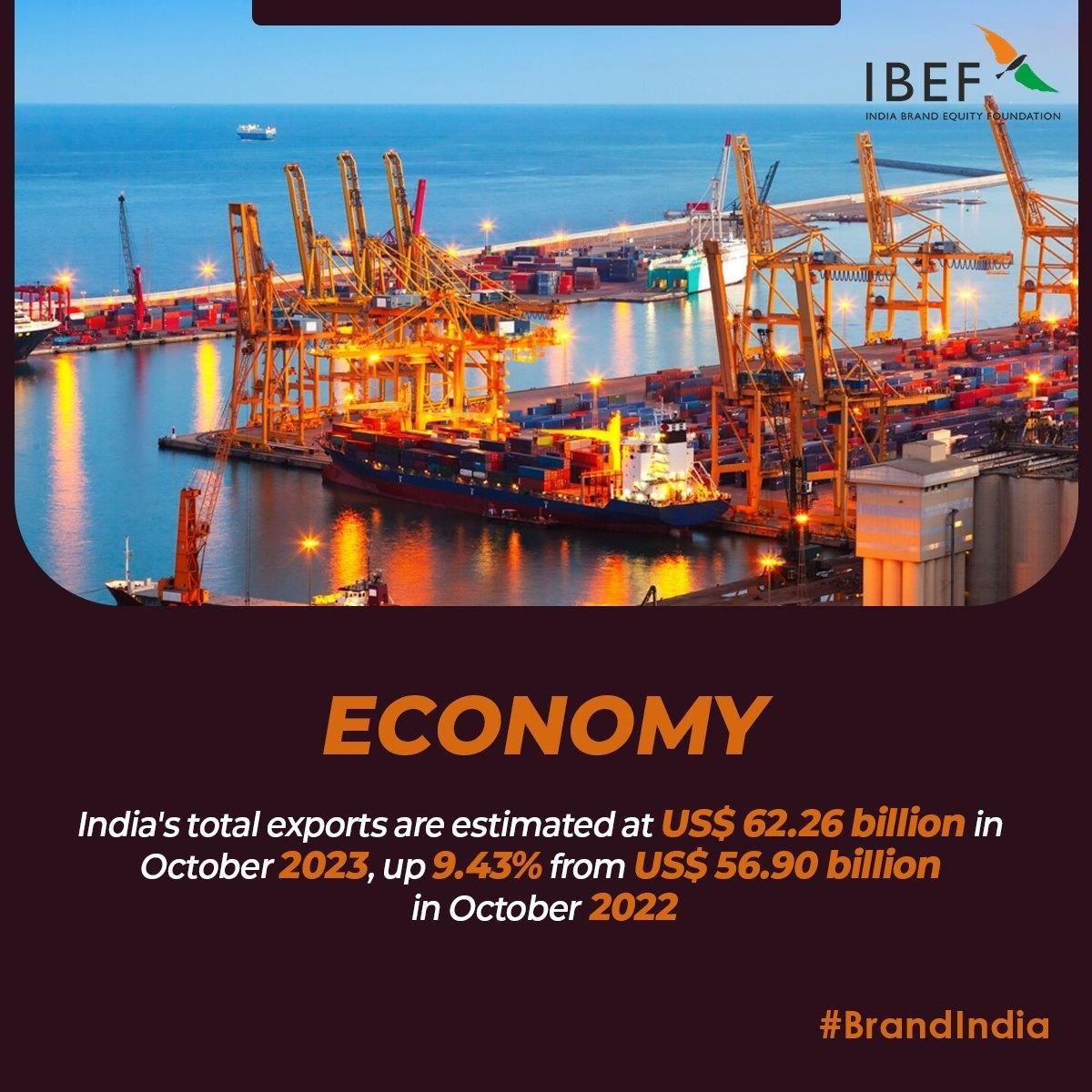



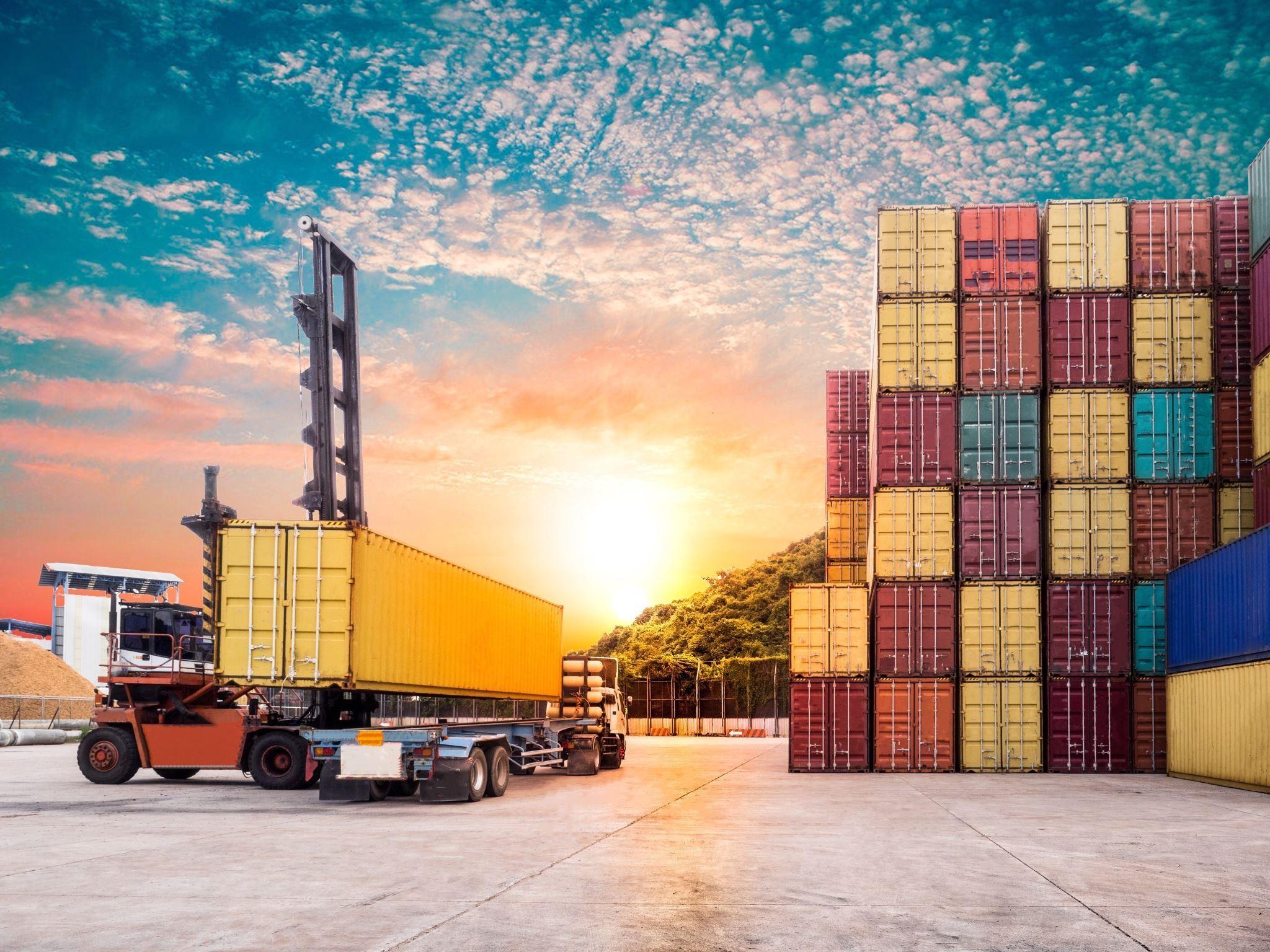

Major Players:
Adani Ports and SEZ: India's largest port developer and operator, managing multiple ports across the country.
APM Terminals – Gujarat Pipavav Port Ltd: One of the key port companies in India in port operations, known for its efficient cargo handling.
Kamarajar Port Limited: A prominent port with significant contributions to maritime trade.
Ongoing infrastructure upgrades and capacity expansions.
New terminals and enhanced facilities to boost cargo throughput.
Partnerships with international port operators.
Adoption of global best practices and operational standards.
Leveraging advanced technology to improve efficiency and sustainability.
I. Digital Port Ecosystem:
A. Embracing Automation: Streamlining port operations and reducing manual interventions.
B. Artificial Intelligence: Enhancing predictive maintenance and operational efficiency.
II.Smart Port Initiatives:
A. Real-time Data Analytics: Monitoring and optimizing port activities.
B. Intelligent Systems: Facilitating smoother cargo handling and improved decision-making.
III.Blockchain Technology:
A. Transparency: Ensuring secure and tamper-proof transactions.
B. Efficiency: Accelerating documentation processes and reducing delays.
These technological advancements are pivotal in transforming Indian ports into global maritime leaders, fostering enhanced productivity and sustainability.


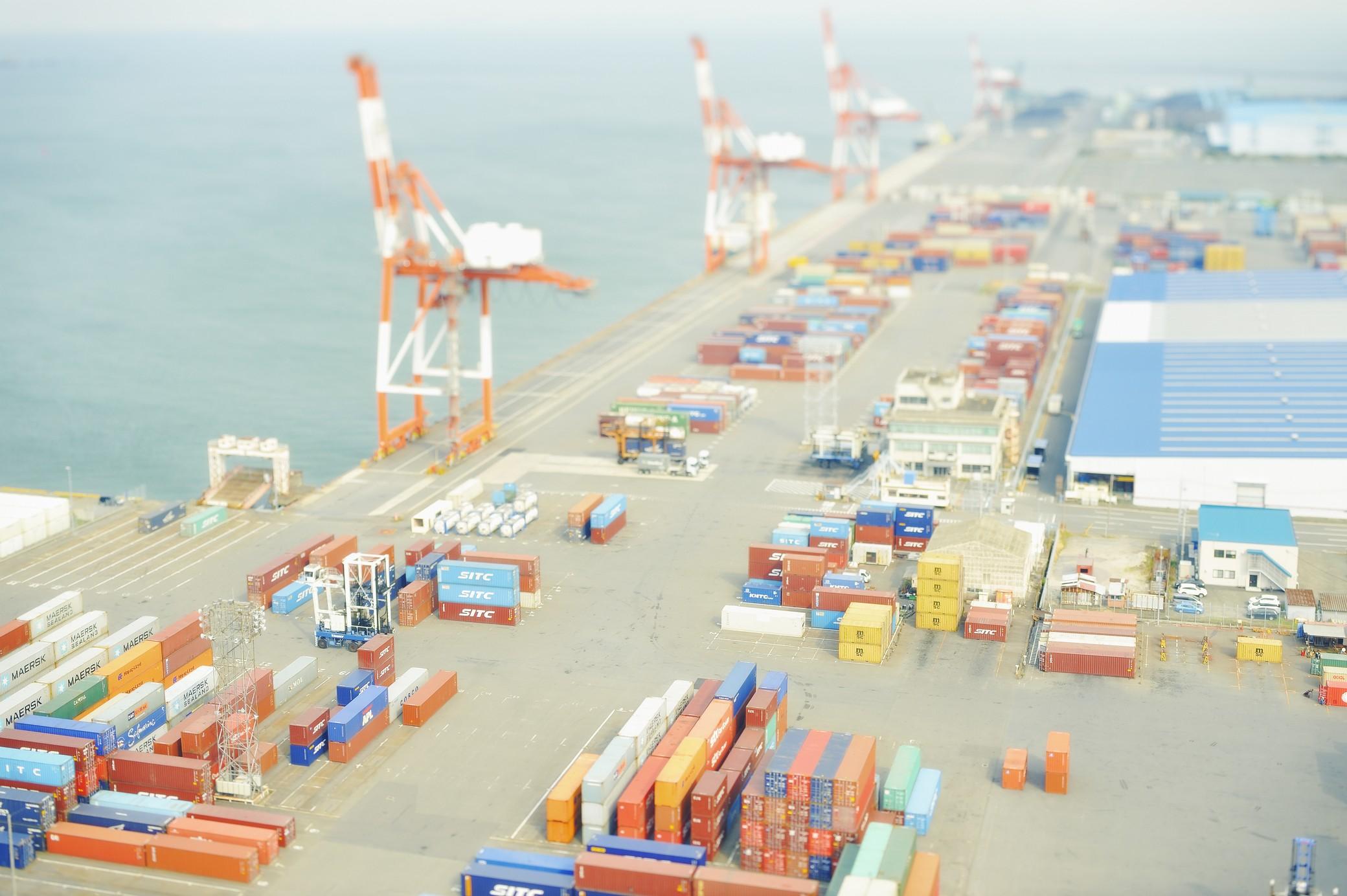
1. Emerging Trends:
a. Coastal Shipping: Leveraging India's vast coastline for efficient transport.
b. Inland Waterways: Expanding navigable routes for cost-effective logistics.
2.Challenges:
a. Infrastructure Bottlenecks: Addressing the need for modernized port facilities.
b. Regulatory Hurdles: Streamlining policies to encourage investment and development.
3.Opportunities:
a. Blue Economy: Tapping into marine resources for sustainable growth.
b. Maritime Tourism: Exploring India's rich maritime heritage to boost tourism revenue.
PortsinIndia are pivotal in facilitating global trade and serve as vital gateways for imports and exports.
With strategic initiatives like the Sagarmala Project and investments in port infrastructure, India is poised for significant growth in maritime commerce.
Future Outlook: India's maritime potential remains promising, driven by advancements in technology, increased connectivity, and the exploration of emerging sectors like the Blue Economyandmaritimetourism.




